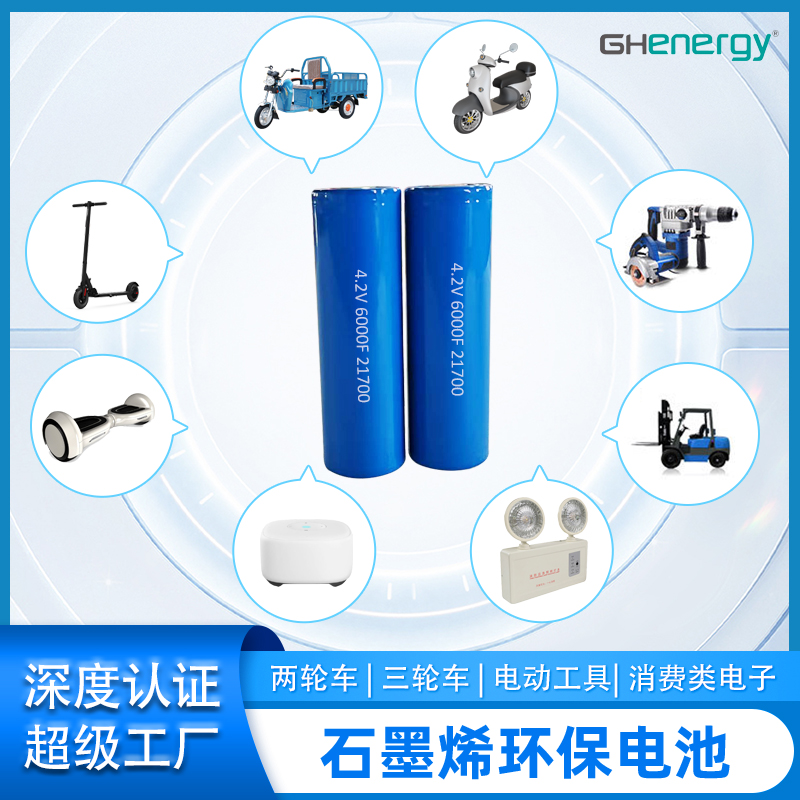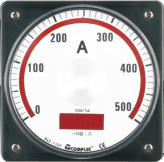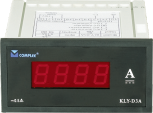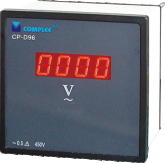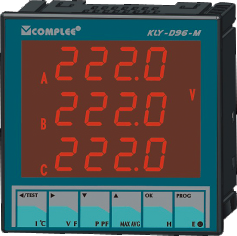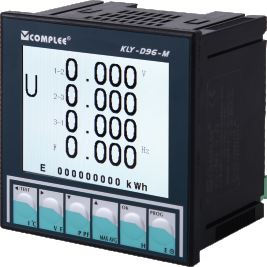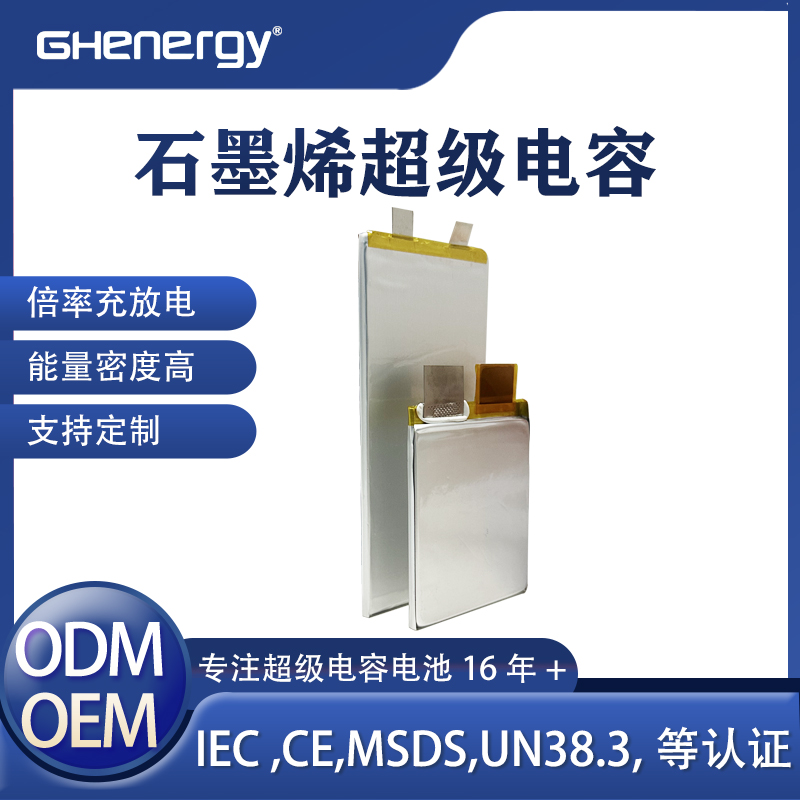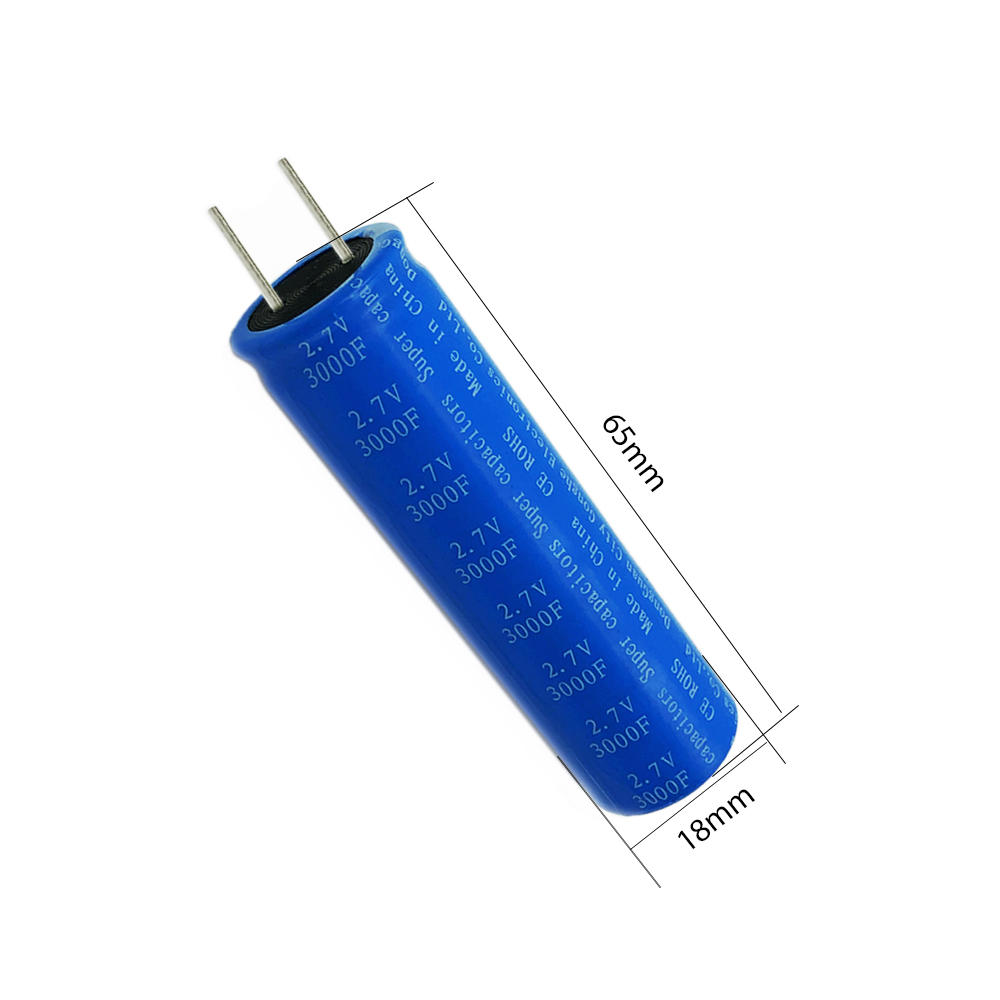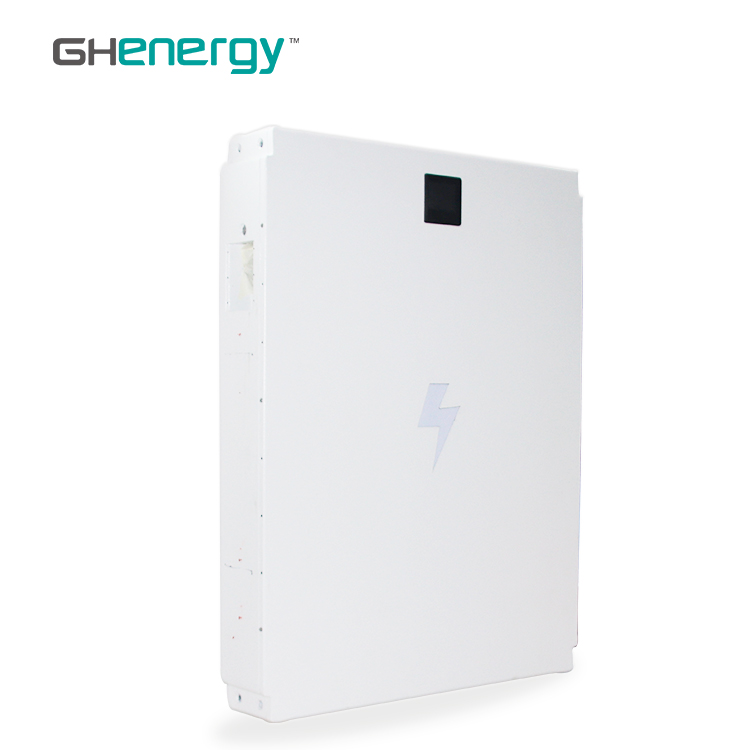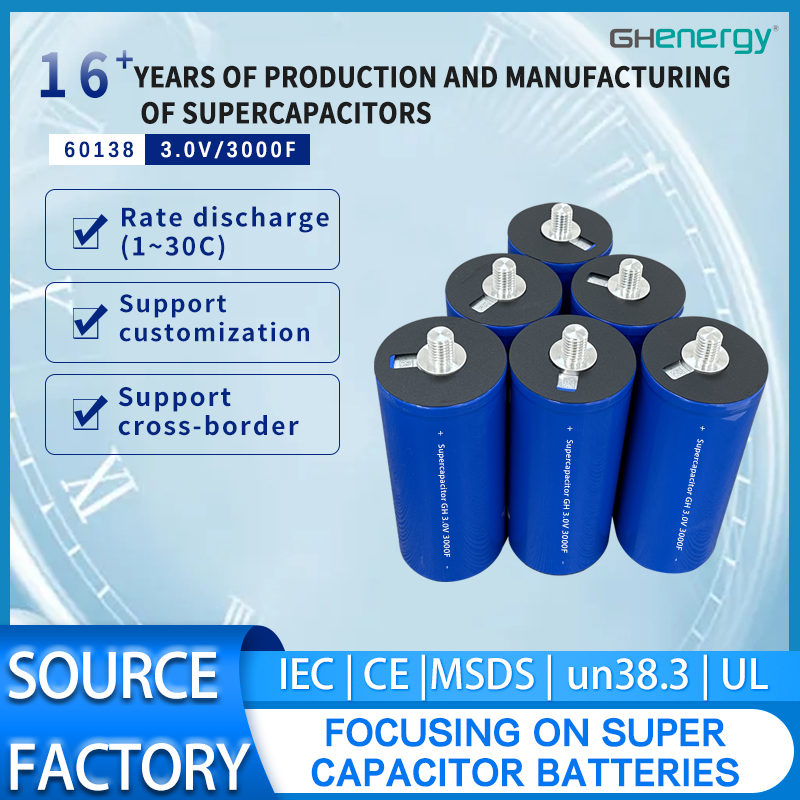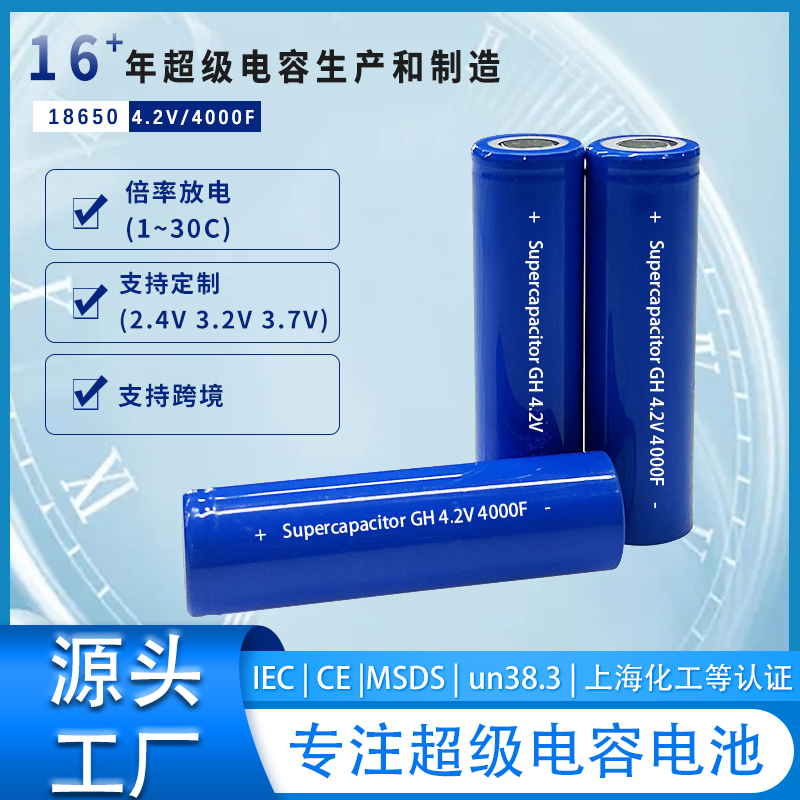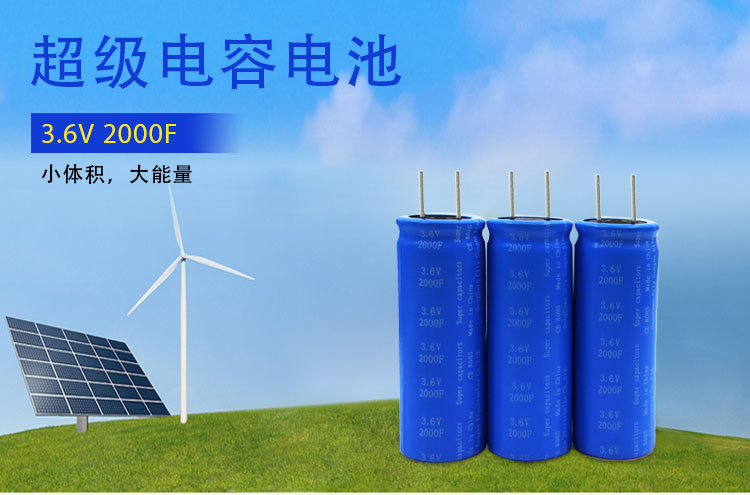Wedoany.com Report-Nov 19, Mining major Rio Tinto will supply iron ore pellets from Canada to a hydrogen-based ironmaking project in France.
Having entered into “definitive agreements” with GravitHy, a sustainable iron firm launched in 2022 by EIT InnoEnergy, Engie New Ventures and Forvia, the direct reduction iron (DRI) ore pellets will be converted into low-carbon hot briquetted iron (HBI).
With plans of developing its flagship two million tonne per year HBI facility in Fos-sur-Mer, France, GravitHy intends to use grid-connected nuclear power to produce hydrogen to process DRI pellets into HBI.
Claimed to reduce carbon dioxide (CO2) emissions by over 90% compared to traditional iron making, the project was designated as an Industrial Project of Major National Interest by the French Government.
Expected to be commissioned in 2028, this summer, GravitHy selected IDOM to develop engineering works for the plant.
Simon Farry, Rio Tinto’s Head of Steel Decarbonisation, said working with GravitHy would allow it to reduce its Scope 3 emissions.
“This collaboration is aligned with Rio Tinto’s steel decarbonisation strategy to accelerate the development of low-carbon electric arc furnace steelmaking with high-grade iron as feedstock.
“This will allow us to both reduce our Scope 3 emissions and create valuable decarbonised pathways for our high-grade iron ore,” Farry said.
GravitHy CEO, José Noldin, added, “By combining our business ambitions, agility, and technological capabilities with Rio Tinto’s global leadership in mining and steel decarbonisation, we are ensuring a solid sourcing and go-to-market strategy to help accelerate the development of this project.”
The DRI process uses feedstocks such as coal or natural gas, to react with oxygen in iron ore to produce reduced iron which can then be processed into steel. The reducing agents used in the DRI process are hydrogen and carbon monoxide, which are derived from reformed natural gas, syngas, or coal.
